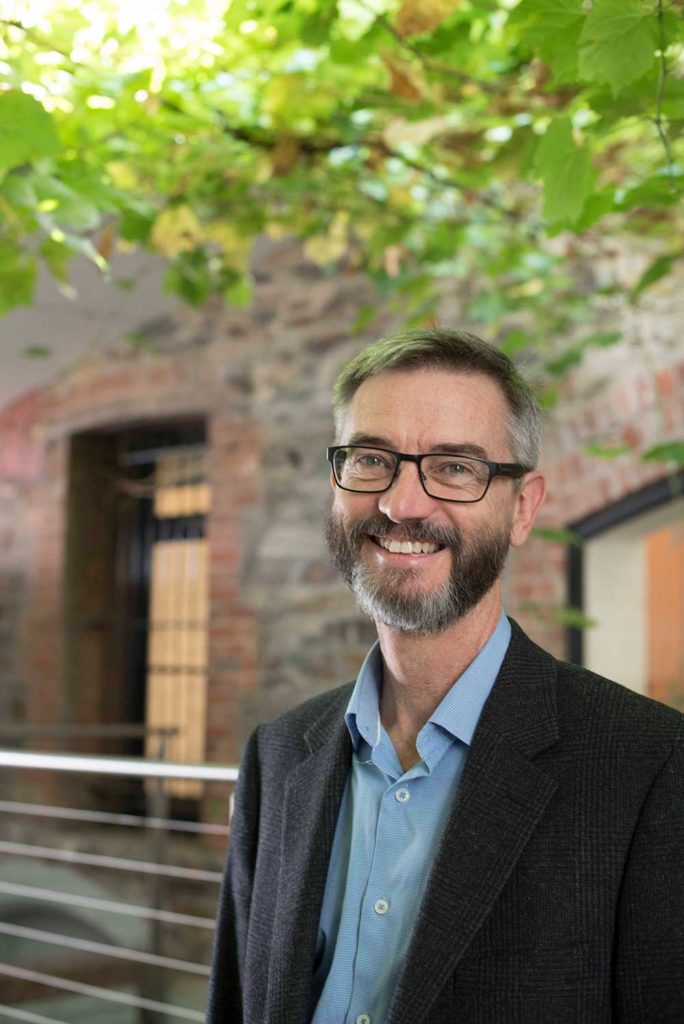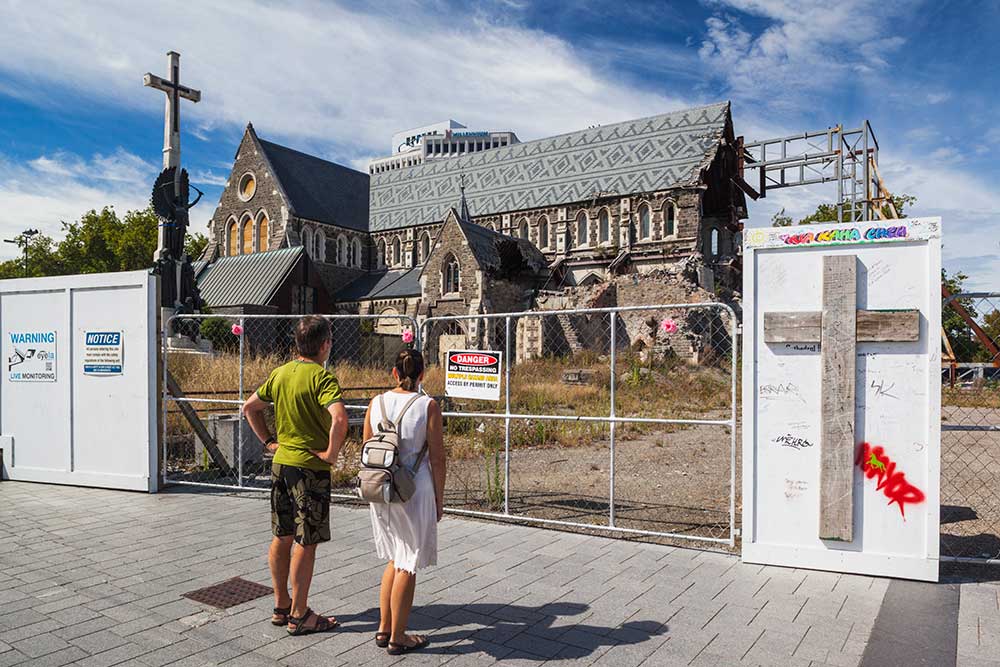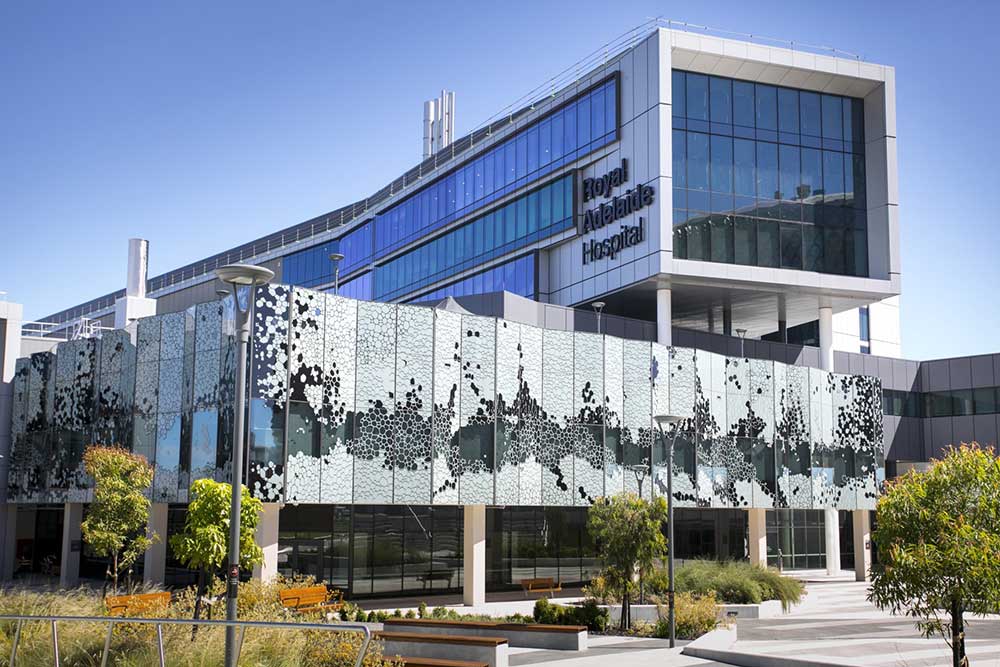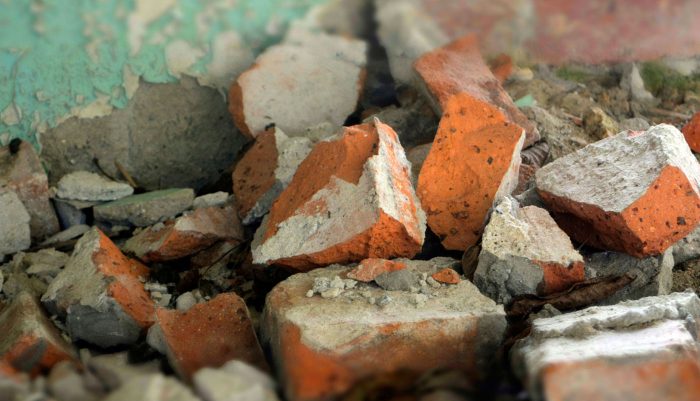On 22 February 2011, an earthquake rocked Christchurch on New Zealand’s South Island, killing 185 people and causing widespread damage. In the decade since, structural engineer Peter McBean FIEAust CPEng has been working to ensure a similar disaster doesn’t befall Australia.
“The lived experience of people here is that we really don’t have earthquakes … But earthquakes remain a serious risk in this country,” McBean, Joint Managing Director of consulting firm Wallbridge Gilbert Aztec, told create.
“In reality, we’ve been lucky so far, given that earthquakes have generally avoided areas with significant populations, other than the 1989 Newcastle [New South Wales] event, which claimed 13 lives.
“Australia experiences a Newcastle-sized earthquake about every two years, and a Christchurch-sized earthquake once a decade … But one day our luck will run out.”
McBean said there are about a dozen known faults around the Adelaide region, and a number around Melbourne, while “a background level of seismicity extends across the continent”.
A dynamic speciality

McBean was awarded the prestigious 2020 John Connell Medal by Engineers Australia for his outstanding contribution to structural engineering, but it was circumstance, rather than choice, that first sparked his interest in earthquake engineering.
“I graduated university in the early 1980s, shortly after the first Earthquake Design Standard in Australia was published,” McBean said.
“As the graduate in my team, the standard was given to me to have a look at… I went off and did that and found it really interesting.”
It’s an interest that hasn’t dampened over the past 35 years of his career, which has included the structural design of major projects, including the new Royal Adelaide Hospital.
“When you get involved in earthquake engineering, you have to look at buildings or structures in a holistic sense — you have to consider them as a whole organism,” McBean said.
“People generally view buildings as being lifeless and static, but when you start thinking about their earthquake performance, you have to consider their dynamic behaviour and how everything moves, which, to me, brings the building to life.
“Also of interest is the need to consider interactions with non-structural components and the fact that you’re pushing materials to, or beyond, their limits, and that for typical structures our primary focus is about saving lives.”
On the ground in Christchurch
McBean had the opportunity to experience this firsthand in the aftermath of the Christchurch earthquake in 2011, as one of two engineers embedded within the Australian Urban Search and Rescue team sent to the region.
“For two weeks we lived in a tent in the middle of the red zone in the city,” McBean said.
“Each day we were given a task, to search a particular building or structure … It was very much like being on a post-apocalyptic movie set; broken buildings and no people.
“Entering a hotel, we saw a credit card still in the machine and people’s luggage waiting at the reception counter. Someone checking in had run for their life during the earthquake and left everything where it was.”

He was awarded the Humanitarian Overseas Service Medal by the Australian Government for this work, and the experience had an influential effect on McBean’s career, and on him personally.
“A lot of the construction techniques used [in Christchurch], particularly in many older buildings, are similar to those used in Adelaide and other parts of Australia,” he said.
“So to see these buildings so badly damaged and broken was a real wake-up call for me.”
Interestingly, it was the performance of some of the newer buildings that came as a surprise.
“What shocked me most was that most of the people who died were victims of the collapse of two relatively modern buildings. Those structures shouldn’t have catastrophically failed. They were preventable failures, in my view,” he said.
“Coming back to my hometown of Adelaide, for the first couple of weeks I was walking around thinking to myself, ‘That’s going to come down, that building’s not going to survive [an earthquake]’.
“Since then, I’ve been on a bit of a crusade to do what I can to prevent such collapses from happening here in Australia.”
Incorporating lessons learned
Following his experience in Christchurch, McBean saw the opportunity to incorporate some of these lessons into the design of the new Royal Adelaide Hospital, a project he had started work on prior to attending the New Zealand disaster.
“I came back from Christchurch knowing the importance of redundant load paths, of the vulnerability of transverse structures, of the need to design robust columns, and the need to detail and design structural walls better than we had been doing,” he said.
“And, just as important for a major hospital with a post-disaster role, I saw the need to influence the design of non-structural components.”
The new hospital, completed in 2017, is designed to withstand a 1-in-1500-year earthquake without collapse and to remain fully operational after a 1-in-500-year earthquake event.

“We made sure, for example, that the restraints for ceilings and services weren’t just compliant with the loads you’d expect, but detailed properly so they could survive the earthquake and remain operational,” McBean said.
“For a major hospital, you need the power to stay on, the water to continue to flow in the pipes, the partitions to remain standing, and so on, right down to the dispensary in the pharmacy, which is obviously critical for a hospital. The attention to detail needed during design, construction and commissioning for such facilities is extraordinarily high.”
Making change
Many designers are unaware of the fundamental differences between wind and earthquake design philosophies, McBean said, noting there is significant complacency surrounding the design for earthquakes in Australia, largely due to the low frequency with which they have historically occurred in populated areas.
Keen to improve the way earthquakes are perceived and treated by designers, McBean joined the Standards Australia Committees for both AS1170.4, Earthquake Actions in Australia, and AS3600, Concrete Structures, and served as President of the Australian Earthquake Engineering Society from 2016 to 2019.
“We were able to mount a compelling argument for substantive change to the seismic provisions of the Concrete Structures code,” McBean said.
“This was extensively updated and a revision published in 2018, which is now called up under the National Construction Code.
“A lot of the practices that we saw being done that needed fixing are now effectively law as a minimum standard in the country. That’s been a real achievement, and it started on the journey after Christchurch.”
Looking to the future
While buildings designed to the updated 2018 standard should perform well during an earthquake, it’s older structures that remain problematic.
“If we are lucky and don’t get a major earthquake in a populated area for 50 years, the benefits of the changes made in 2018 will be profound… [but] many structures will take a generation or two to replace or upgrade,” McBean said.
It’s also the long-term recovery he finds concerning.
“The current earthquake approach to design in the country, almost universally, is to allow the structure to dissipate the earthquake energy by inelastic deformation,” McBean said.
“If there’s a hit on a major city at the moment, even if the buildings were designed well, we’d be bulldozing most of the city and rebuilding it. The economic and social dislocation of that would be with us for a decade or more.”
New techniques and construction methodologies being explored could change this.
“You can design buildings in such a way that they fail in predetermined locations, and then those parts can be selectively replaced,” McBean said.
“This costs a little bit more at this stage, but if you’re comparing it to the cost of pulling a building down, getting a new one designed and built, then you might be interested in paying a few per cent more upfront as insurance.”



